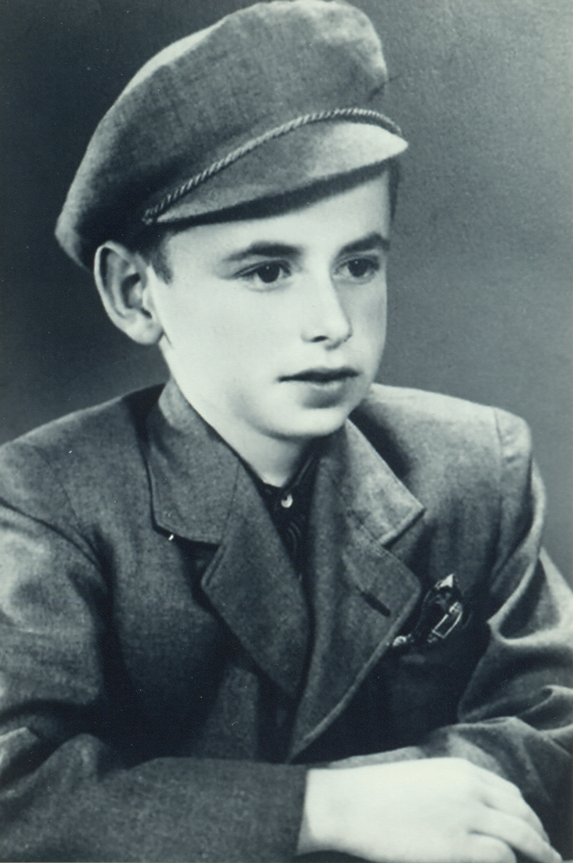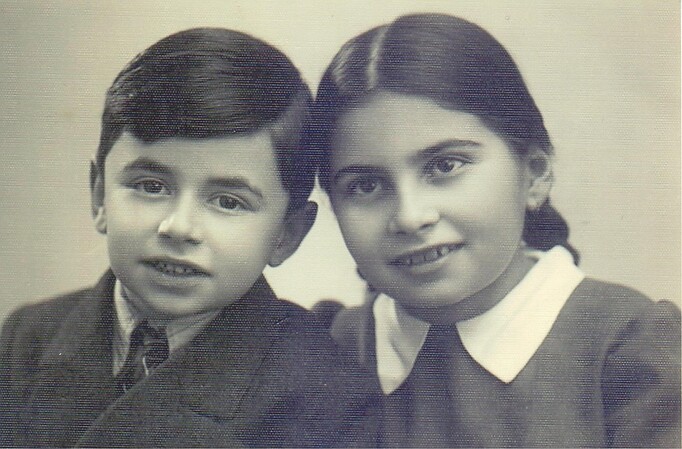09/22/2015 Archival Research
Identified After 70 Years
For decades, all that was known about the boy W. Junglieb, one of the children killed by the SS at Bullenhuser Damm on 20 April 1945, was that he was 12 years old and most likely came from Yugoslavia.
After more than 70 years, Bella Reichenbaum, who lives in Israel and is married to the brother of Eduard Reichenbaum, also one of the 20 children killed at Bullenhuser Damm, decided to try to find out more about this mysterious boy. On a list for a transport of prisoners from Auschwitz to Lippstadt, she found not only the names of her own relatives, but also two women with the last name of Jungleib. Through the Yad Vashem memorial, she contacted the Jungleib family and found out who Walter Jungleib was. He was from Hlohovec in Slovakia and had been deported to Auschwitz at the age of 12 together with his mother and sister. Walter’s sister Grete Hamburg, née Jungleib, who was one of the two women Reichenbaum had found on the deportation list, survived the Holocaust and lives in Israel today. She did not know what had happened to her brother, until now.
Grete Hamburg wrote: “I was, I am so shocked and speechless. I can’t even begin to describe how I feel. […] My father, my mother, Walter and I were deported to Auschwitz in October 1944. The men and children were separated from us. Walter forgot his cap and he came back to fetch it. Then he was last in line. He turned around, waved and smiled, and that was the last time that my mother and I saw Walter.”
Walter Jungleib was one of the 20 children aged 5–12 years who were victims of medical experiments in Neuengamme concentration camp between November 1944 and April 1945. To cover up these experiments, the 10 girls and 10 boys were brought to a school at Bullenhuser Damm that was used as a satellite camp of Neuengamme concentration camp. There the SS killed them in the basement in April 1945. The Bullenhuser Damm Memorial and Rose Garden for the Children of Bullenhuser Damm commemorates these children and remembers their fates. It is a branch of Neuengamme Concentration Camp Memorial and was first erected in 1980 before re-opening in 2011 with a new permanent exhibition. The journalist Günther Schwarberg brought this crime to the public’s awareness at the end of the 1970s through an article in the magazine STERN and several other publications. He also found relatives of the murdered children and founded the Children of Bullenhuser Damm Association
In the light of these new findings, the exhibition at Bullenhuser Damm will be redesigned to include Walter’s life story and family photographs.



